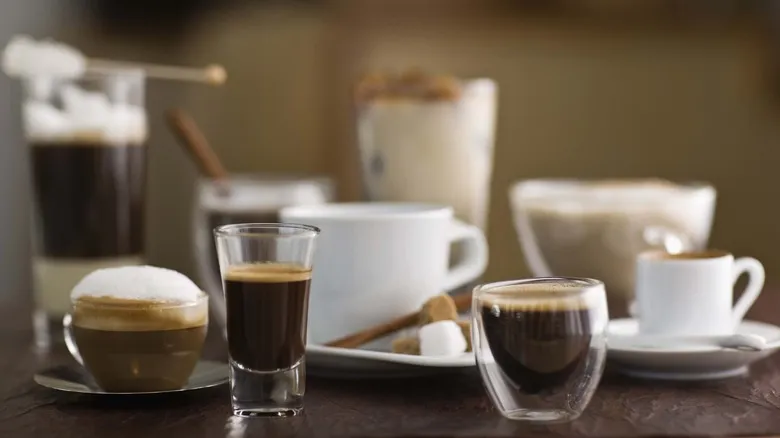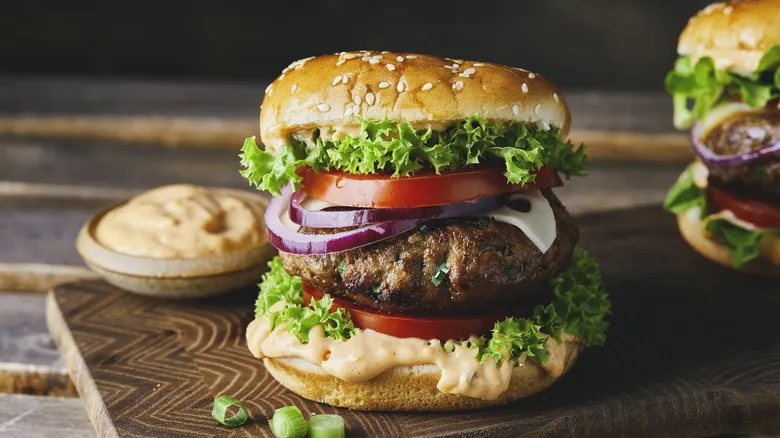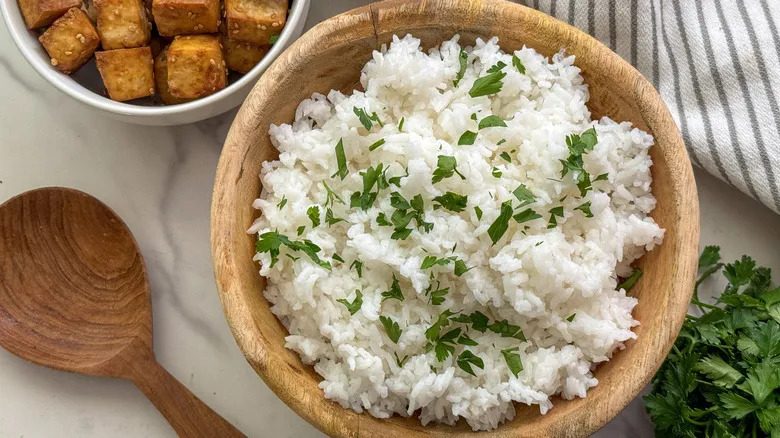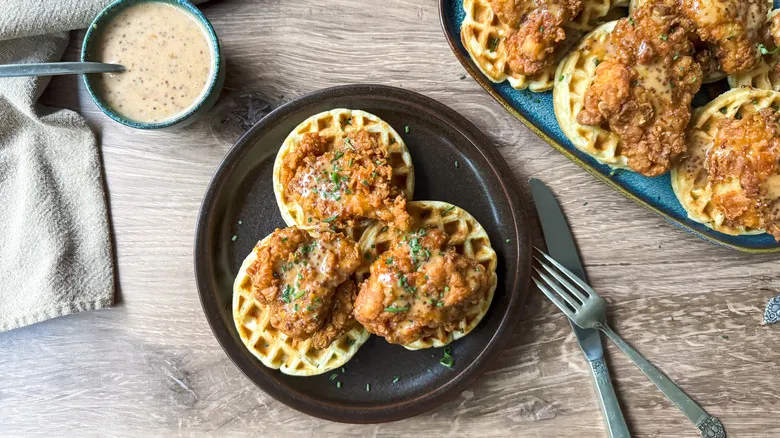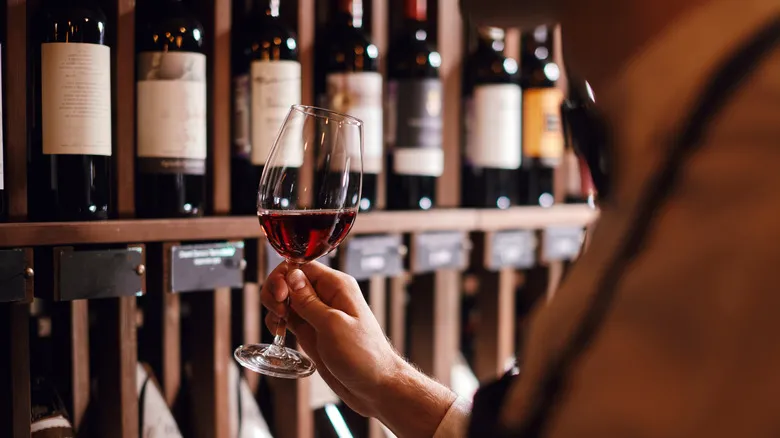Other differences between coffee and espresso
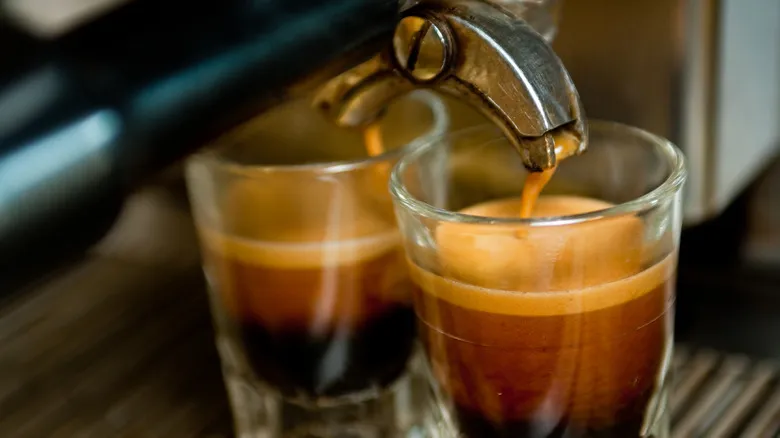
One notable distinction between espresso and regular coffee is the brewing time. Coffee can be prepared in various styles, each requiring a different duration for brewing. For example, an AeroPress can produce a small serving of coffee in less than two minutes, while a French press or Chemex may take five minutes or longer. Cold brew, on the other hand, requires a lengthy 12 to 24 hours, which feels like an eternity compared to the ideal espresso shot, which is fully extracted in under 30 seconds. This process highlights another significant difference between coffee and espresso: pressure.
Similar to the memorable bass line from the classic song by David Bowie and Freddie Mercury, espresso derives its speed and intensity from being brewed under pressure. While most drip coffees depend on gravity to slowly pull water through the coffee grounds, a well-calibrated espresso machine utilizes mechanical pump pressure to push hot water through finely ground coffee, resulting in a delicate, tan layer of natural foam known as crema.
Espresso machines were designed to execute this process with precision, focusing on both speed and strength. The first espresso enthusiasts were Italians during the Industrial Revolution, who sought a quick way to prepare their preferred coffee style, reminiscent of Middle Eastern or Turkish brews, allowing them to shorten their coffee breaks and return to work in the factories.
Does espresso have more caffeine than coffee?
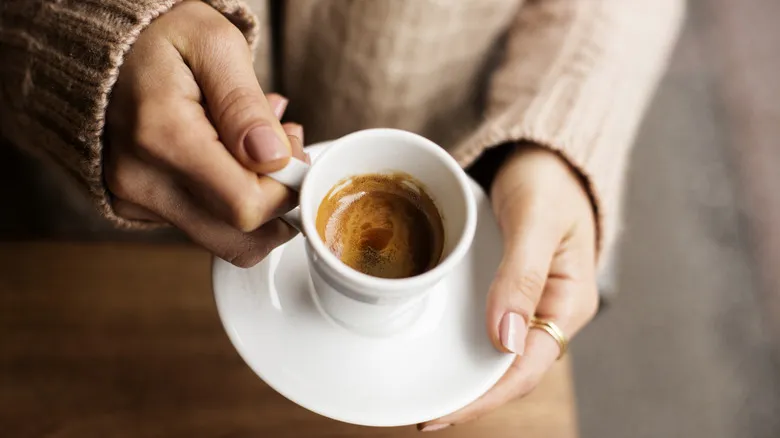
A common point of confusion for many is whether espresso packs more "punch," meaning it has more caffeine. Since caffeine dissolves well in hot water, a double shot of espresso contains a similar amount of caffeine to a regular cup of coffee, typically between 96 to 128 milligrams. The key difference lies in the caffeine concentration per volume, which varies based on serving size. A single ounce of espresso has about 63 milligrams of caffeine—most espresso shots are served as doubles—while brewed coffee can range from eight to 20 ounces. With brewed coffee containing around 12 to 16 milligrams of caffeine per ounce, a 20-ounce cup can have close to 200 milligrams or more, so be mindful of that, my friend.
However, the intense flavor of espresso allows it to stand out in drinks like lattes when combined with steamed milk. This concentration also gives it a rich, creamy texture that lingers on your palate. On the flip side, it makes espresso a challenging drink to sip over time. No one is still nursing a double shot of espresso two hours later, so if you plan to settle in with your laptop, I recommend opting for something that comes in a larger cup.
How roasting affects the flavor of coffee and espresso
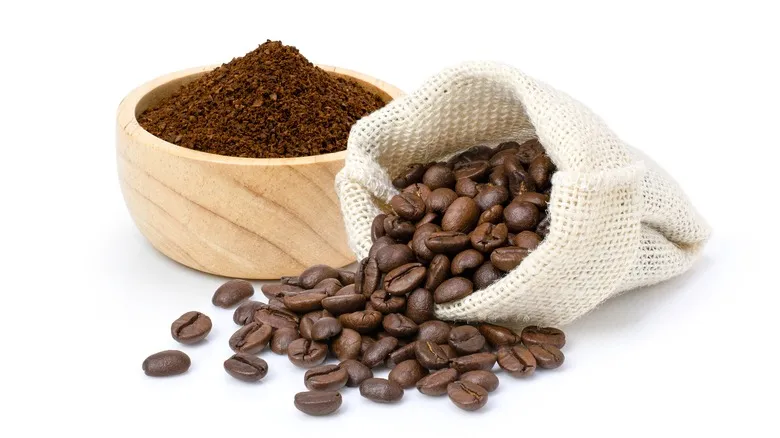
Although roast level isn't the primary distinction between espresso and regular coffee, many roasters take different approaches when crafting beans for each brewing method. The process of making espresso can amplify certain flavors, making them overly intense or even unpleasant. For instance, bright fruit notes like citrus or lemon can provide a refreshing tang in filter or press-brewed coffee. However, in a concentrated shot of espresso, those same flavors might be overwhelming, akin to biting into a lemon instead of enjoying a subtle hint of lemon zest.
Roasters can technically adjust their profiles to be more "espresso-friendly" by opting for darker roasts or roasting at lower temperatures for extended periods. These methods can soften sharp flavors, reduce acidity, and enhance chocolate, nut, and sweet notes. Nevertheless, the reality is that any roasted coffee can be used to make espresso, as there are no strict rules governing flavor. Ultimately, coffee beans are just coffee beans, and you have the freedom to experiment with them, regardless of their roast level or origin.
Recommended
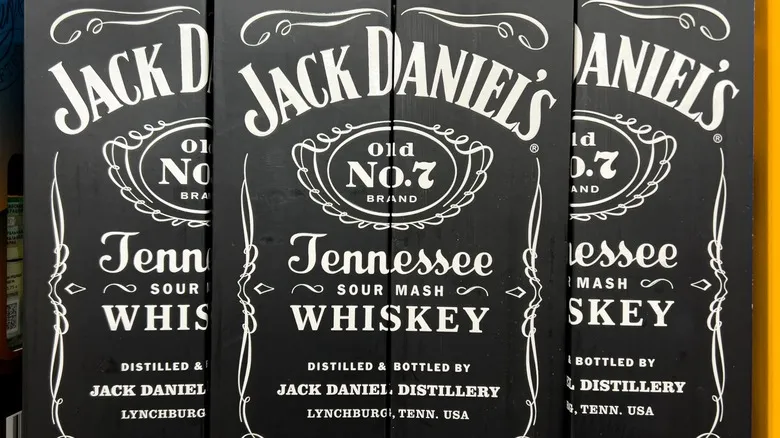
What Proof Is Jack Daniel's Whiskey?
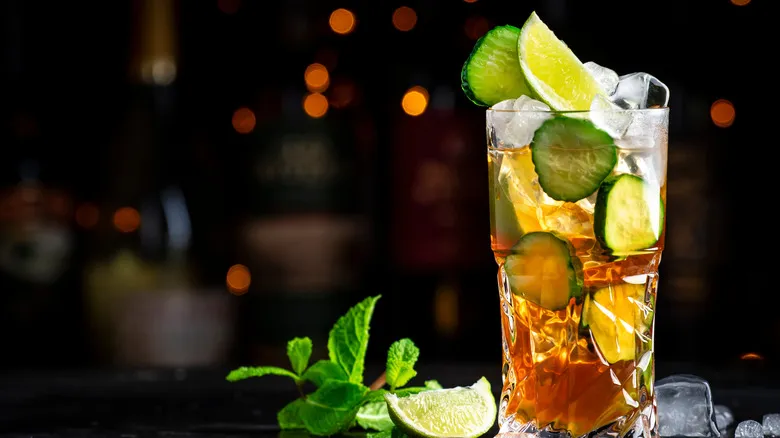
The Fruity British Cocktail Made For Ginger Ale Lovers
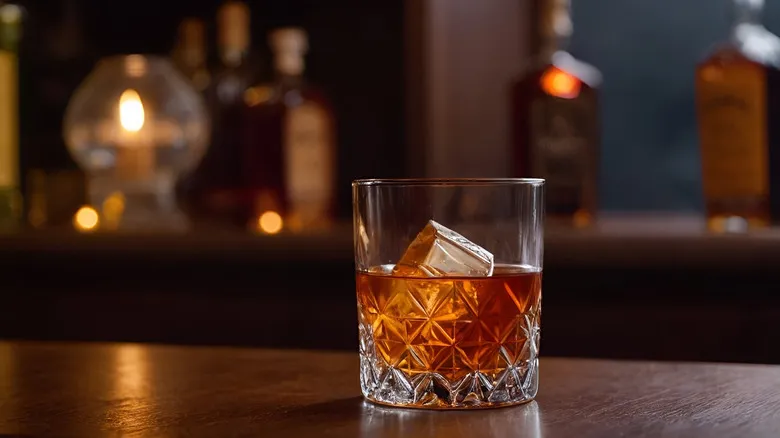
The Italian Liqueur You Can Get For A Steal At Trader Joe's
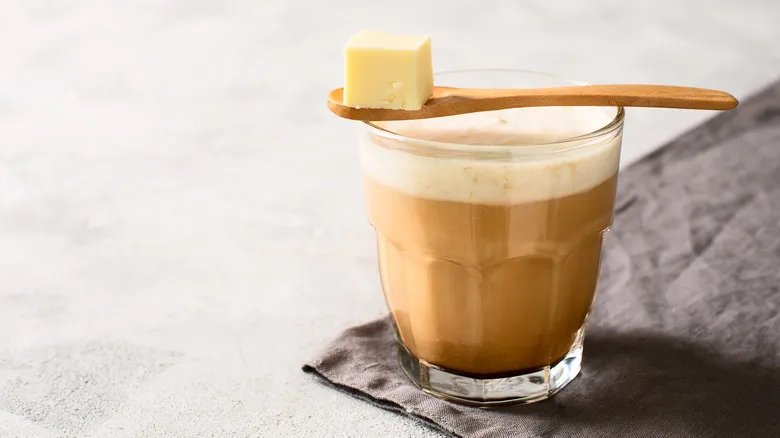
Why People Swear By Drinking Coffee With Butter
Next up

